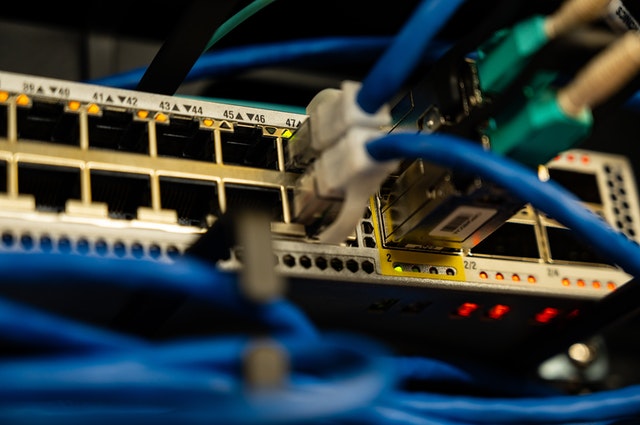There are several types of WiFi antennas that are widely used today. They usually come with a specific purpose as to when they should be taken advantage of and how they should be used.
Anywhere you go, a different kind of antenna in use can be found, from outdoor camping grounds, hotels, resorts, and restaurants down to small office settings. While we have a handful of types of antennas, they all share one thing in common, they have a purpose and that is to produce radio waves. These radio waves carry information and travel through the air.
We only have 3 main types of antenna, the omnidirectional, highly directional, and the semi-directional.
Omnidirectional Type
Each time that you enter an office setting or you go to a friend’s home for a visit, the type of antenna being used there is likely not going to be one of your main concerns. This is because they are not found in a conspicuous place, or it is not visible. Most of the time it is integrated into the access point or the network’s router device.
Under this kind of environment, the use of a dipole antenna (which is a variant of the omnidirectional antenna) is the norm. Much like how floor light is used to radiate light, this type of antenna sends out radio frequency in all 4 cardinal directions. Hence, the name omnidirectional.
Semi-directional Type

When an antenna is designed to direct the radio frequency signal to just a specific direction, it is considered as a semi-directional type of antenna. You can utilize this type for your short to medium distance communication needs, both for indoor and outdoor application.
One good analogy that we can use to illustrate how semi-directional antennas work and radiate radio frequency is to compare with a street lamp that shines or lights down the pavement on a street. Semi-directional type of antenna is commonly used in a campus-like environment, the reason being that they provide you network bridge 2 buildings together.
Highly Directional
If an antenna is on a distant communication (point-to-point), it is a qualified highly directional antenna. They are usually taken advantage of to link networks, say for instance, between two nearby buildings or structures.
These are high gain types of antenna that are known to offer users the most narrow and focused beamwidth. It works more like that of a spotlight, it will shine in just a specific direction.
There are two main types of directional antenna, these are the Grid and Parabolic. Most of us are familiar with this as a Dish antenna.
Dish antennas are comparable to TV dish antennas found in an ordinary home, the main difference there is though is that it comes in a much larger size. Besides, there is also a size variation. Often, they resemble the appearance of a grill. They are usually intended for use in outdoor spaces that have higher, stronger winds.
Conclusion:
All kinds of antennas come with their inherent weaknesses and strengths. Those that are qualified as omnidirectional are ideal for general coverage. Besides they are also cost-effective in the sense that they provide general coverage in a central location.
As for the directional type of antenna, they are most recommended for use in driving signals to a particular area, regardless of its distance. Understanding the nature of these basic types of WiFi antennas can be very advantageous when you are involved in a project that will have you design a wireless network.

